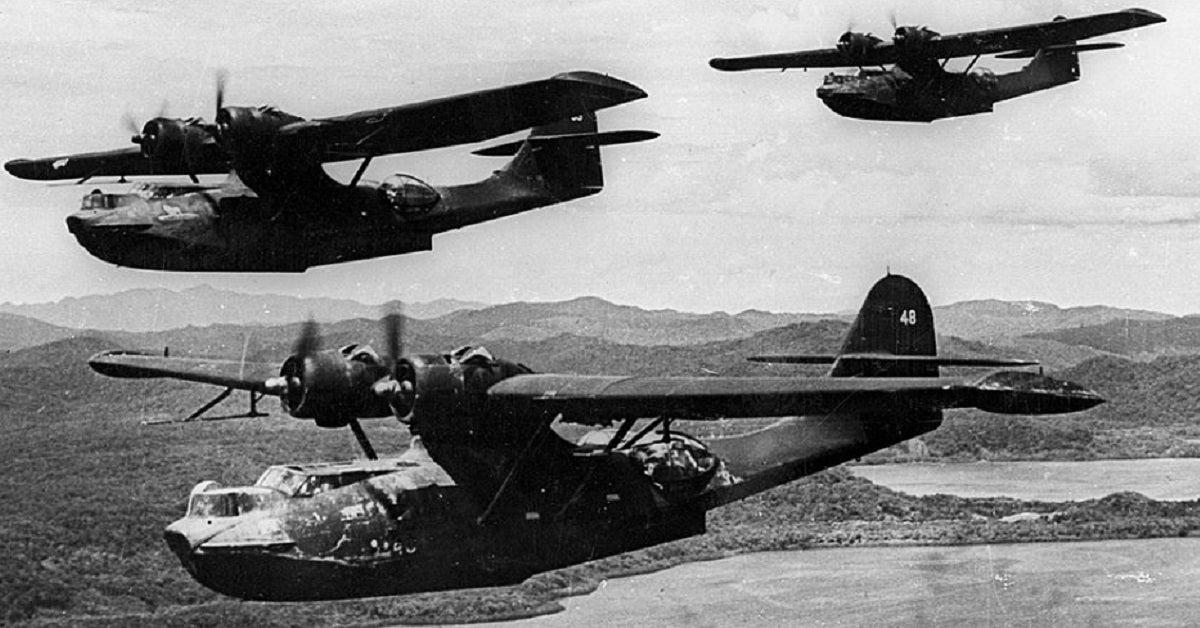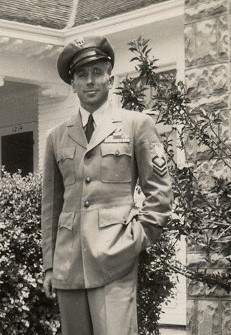FROM THE ATLANTIC TO THE PACIFIC: THE ORAL HISTORY OF ROBERT L. HAGEE

One of eleven children, Robert L. Hagee grew up in the one-school-house-town of Alto, New Mexico (near Ruidoso). During High School, he had visited Navy recruiters and was set to enlist right after graduation. He recalls boot camp in San Diego wasn’t that hard for him, since he grew up ranching and farming. “Lot of people thought it was (hard) but dad worked me harder than boot camp ever worked me.”
In 1939, after boot camp, his first assignment was aboard the USS Bainbridge (DD-246). Leaving San Francisco, the Bainbridge headed to the Panama Canal.
“Destroyer Division 62 was us and some more were in charge of security of the canal. It was a good time for me, a kid away from home, growing up and I did well.”
The Bainbridge was put to early wartime activities by monitoring ships and fishing boats between Panama and Key West that were transporting potential cargo into enemy hands, for example, thousands of gallons of diesel fuel and oil that was suspected to be sold to submerged German submarines.
“We fired shots across the merchant’s bow every now and then and made them heave to and let us inspect their cargo and where they were going.”
Hagee tells a story about the kind of unusual conditions he and his crew members had to live in onboard their ship. Once when they had picked up provisions from San Juan, a few bugs came along with the food supplies.
“By Christmas, you couldn’t open a locker anywhere without running the cockroaches off first to see what you wanted. We slept with them, we eat with them, we eat them.”
After patrolling the Atlantic from San Juan to Key West, the Bainbridge was outfitted and reconfigured to become more involved in the war. The next mission was on to Newfoundland to pick up a captured German luxury liner, bring it to Boston, and then to rendezvous with other Navy ships to take troops to Iceland and establish a base there. Talking about the war in the North Atlantic, Hagee describes how effective the German tactics were using two submarines to engage U.S. ships.
“The way they attacked and the way they were very successful, one would come in very, very bold, maybe even have his conning tower up. It takes two destroyers, one to attack him and one to hold him to attack him a second time so there’s a big gap in the screen then. The other one comes in very quietly underneath all this mess and surface and he has no opposition.”
The Bainbridge rescued, escorted, and towed damaged ships into Iceland for repair. Surviving months out at sea, between storms and torpedoes that nearly broke his ship apart, Hagee was ready to try a different job in the Navy. His new executive officer approved his request to transfer into aviation and after almost a year of training, he was sent to the South Pacific to join the Navy’s VPB-20, a seaplane bombing squadron. His new job was Engineering Chief for a newly formed Black Cat squadron. They were a special flying unit that had painted their consolidated PBY Catalina flying boats flat black and flew missions at night, using only the stars and the moon to navigate. The Black Cats were key to the war effort in the Pacific by bombing ships that were supplying fuel and other supplies to Japanese forces.

“The Black Cats were developed by the PBY people…they were slow and quiet and efficient and they had a lot of durability and could carry a pretty good bomb load. What we were trying to do was to get to the China coast and cut off the oil supply and mineral supply to Japan.”
In 1945, Hagee returned home but then soon re-enlisted and was assigned to a different plane, a Navy P2V Neptune. Flying over Alaska, aerial photography was his new squadron’s mission. “We photographed southeastern Alaska in 1948 and we photographed the north shore in 1949 in prelude to this war thing.”

Robert L. Hagee, another humble war hero that survived WWII and then continued to serve his country until his retirement. In his full oral history, Hagee names some of the Pacific islands they flew over and how he could feel the momentum of the war changing in favor of the United States. Listen to the Robert Hagee oral history interview - World War II Veterans Oral History Collection - National Museum of the Pacific War Digital Archive (pacificwarmuseum.org)
Contributor
Ron Demers, Digital Production Manager at the National Museum of the Pacific War


